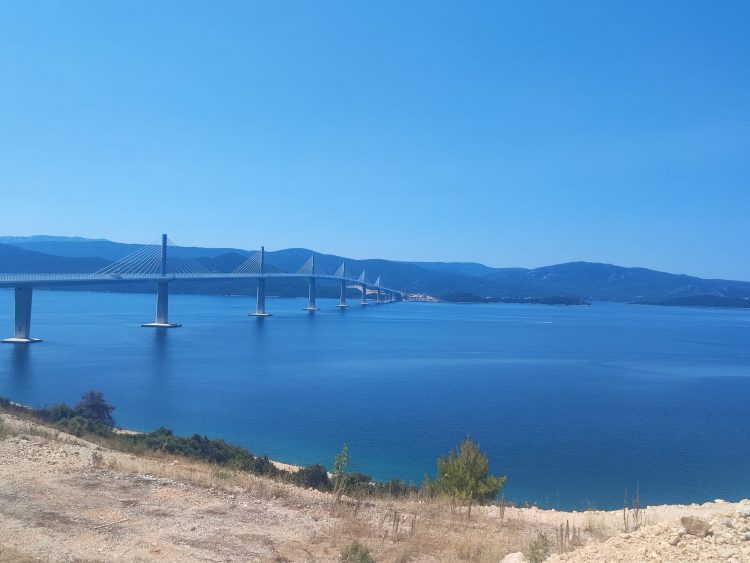
Peljesac Bridge, which will be officially inaugurated on Tuesday, is the biggest infrastructure project in Croatia to have been co-funded by the European Union, and preparations for this project have lasted for a decade, with several governments included in making plans for its implementation.
The 2,400 metre-long bridge, which connects southernmost parts of Croatia with mainland, is part of a wider project called “Road Connectivity of South Dalmatia” which was prepared within Croatia’s 2014-2020 transport development strategy.
In mid-February 2017, the cabinet of Prime Minister Andrej Plenkovic green-lighted the financing of that project. Transport Minister Oleg Butkovic said on that occasion that Croatia expected the European Commission to co-finance 85 percent of the entire value of the project, which was initially put at €430.2 million, and thus the EC’s share was €357.2 million.
The adoption of the project and guidelines for its financing were prerequisites for beginning the construction of the bridge and access roads.
In 2013, the European Commission ordered a pre-feasibility study which proved that a bridge between the Croatian mainland and the peninsula of Peljesac was the best solution for connecting southernmost Croatia with the rest of the country.
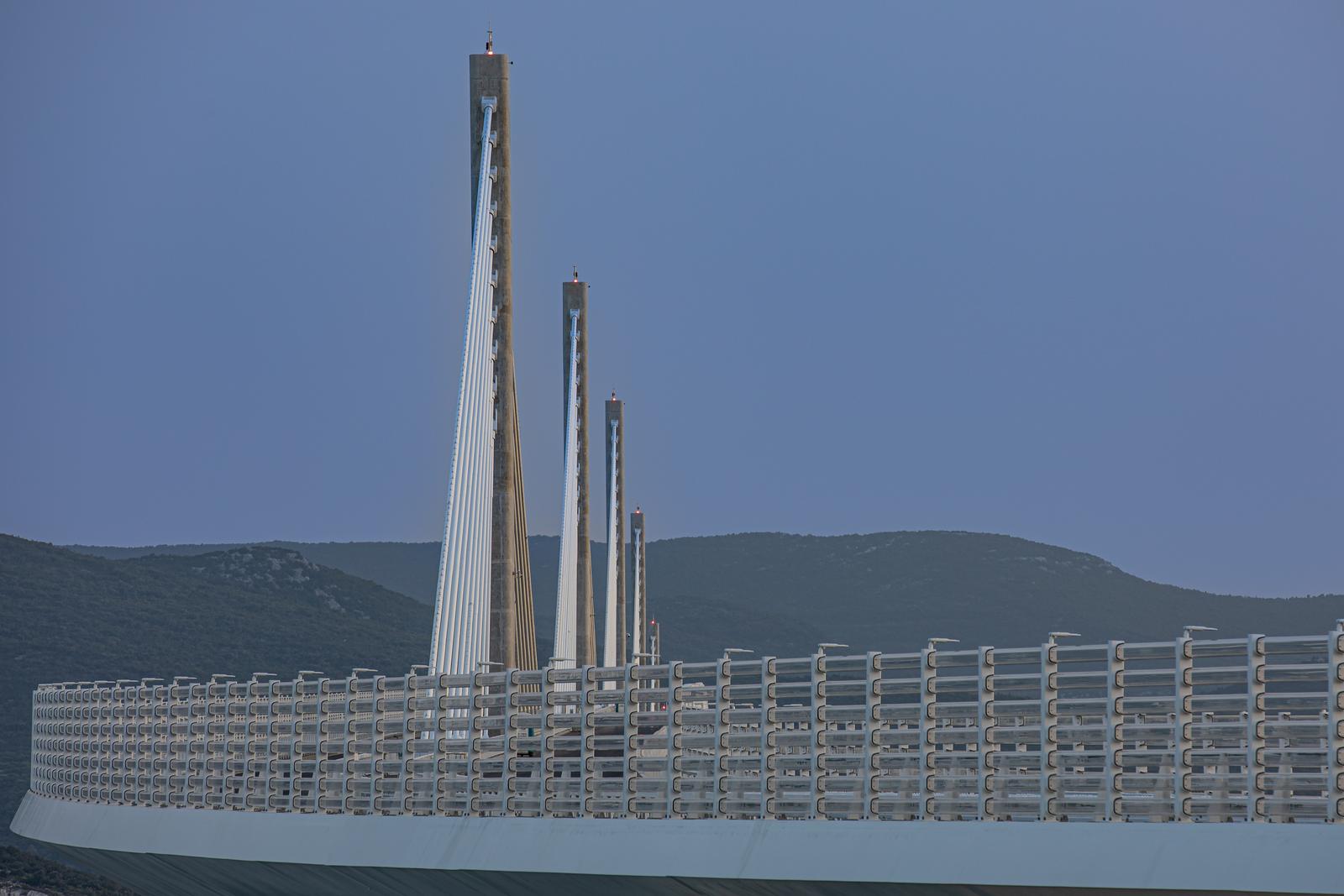
Work in four stages
In 2016, the state-run Hrvatske Ceste (HC) road operator published a document envisaging work on the bridge in four stages, including the construction of access roads, the bridge itself, a road on Peljesac, and the construction of the Ston ring road.
The project has been declared to be of geostrategic importance and its completion provides a direct road link between southernmost Dalmatia and the rest of Croatia, which is currently cut off at Neum, where the neighbouring Bosnia and Herzegovina has access to the Adriatic Sea.
In early June 2017, the European Commission adopted a decision to co-finance the bridge’s construction with €357 milion. The entire project, including access roads and purchase of land from private owners, cost €525 million.
The June 2017 decision made by the EC paved the way for advertising tenders for the selection of the builders of the bridge and access roads.
In mid-September 2017, three binding bids were opened at the HC for the construction of the first stage of the bridge project: one by the Italian company Astaldi and Turkey’s IC Ictas, one by Austria’s Strabag, and one by the China Road and Bridge Corporation.
in January 2018, the HC announced that it had selected the China Road and Bridge Corporation for this job. The offer by the China Road and Bridge Corporation totaled HRK 2.08 billion exclusive of VAT. This Chinese consortium comprises CCCC Higway Consultants, CCCC Second Higway Engineering and CCCC Second Harbour Engineering.
The bridge was designed by Marjan Pipenbaher, who presented his plan in late November 2017.
The bridge has 13 spans, of which five central spans are each 285-metres-long, six 33-metre-high centrally installed pylons made of reinforced concrete, and two lanes, plus a hard shoulder for bridge maintenance.
The navigation profile under the bridge is 200 by 55 metres.
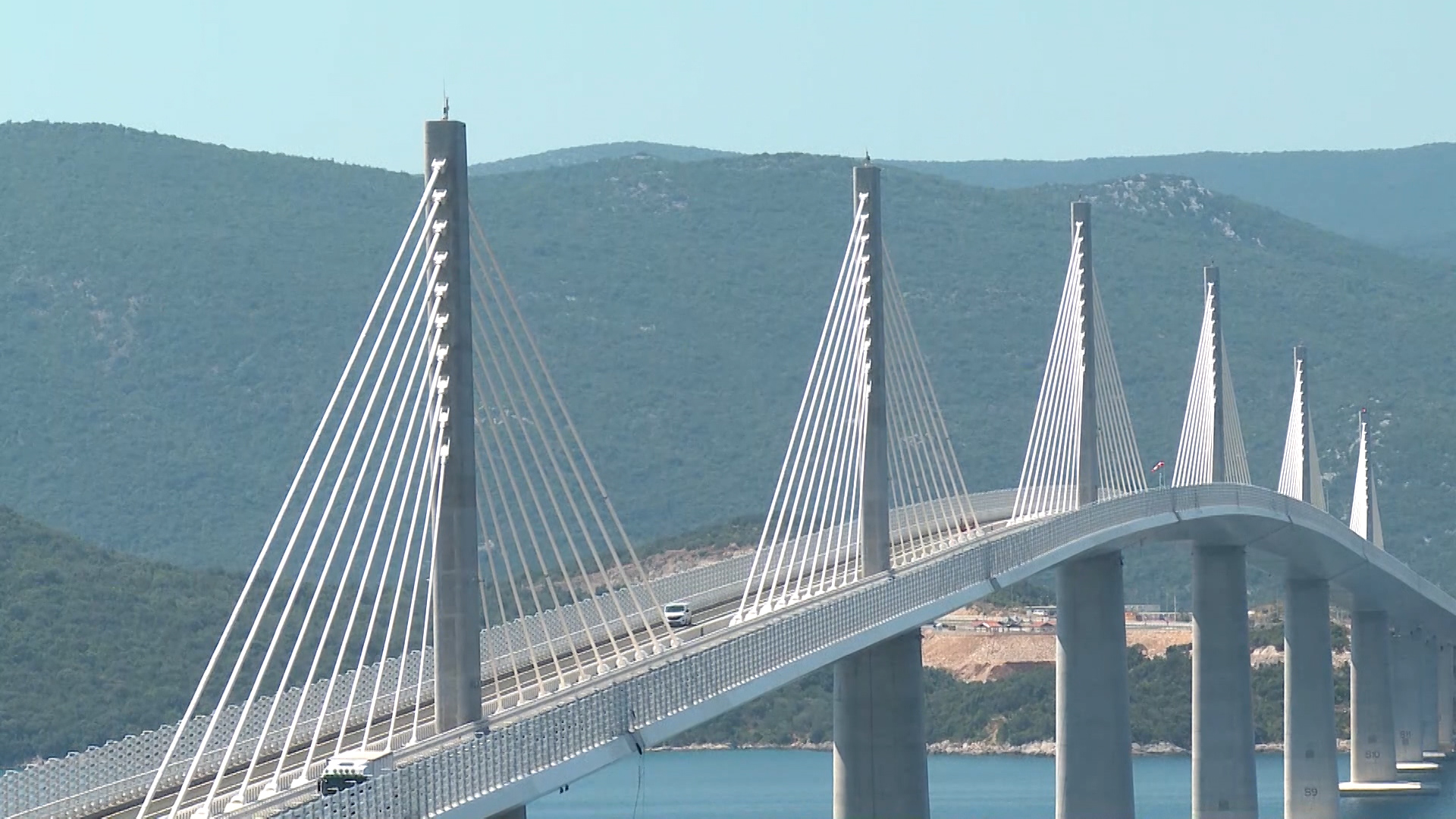
Political pressure, appeals by bidders whose applications were rejected
However, the implementation of the project did not go smoothly in 2018, due to appeals by the rejected bidders and political pressure from the Bosniak side in Bosnia and Herzegovina.
The appeals by Strabag and the Italian and Turkish consortium were overturned by the state commission for public procurement oversight, and the Chinese China Road and Bridge Corporation was given the nod by the HC to start building the bridge in late July 2018. Lu Shengwei, a representative of the Chinese contractor, said then that works would be completed on time and that local companies would be hired, as was always the case with the company’s international contracts.
High officials of the the Bosniak SDA party insisted that the future structure between Komarna on Croatia’s mainland and the peninsula of Peljesac would be to the detriment of Bosnia and Herzegovina’s territorial integrity.
On 30 August 2017, Bosnia and Herzegovina Civil Affairs Minister Adil Osmanovic of the SDA sent a letter to Croatian Transport Minister Oleg Butkovic saying that Bosnia and Herzegovina might unilaterally cancel its border agreement with Croatia and define the sea border if Croatia did not stop the construction of the bridge. Leading Croat and Serb officials in Bosnia have said they are not against the construction of Peljesac Bridge, claiming that Croatia has the right to connect its territory.
Contrary to complaints from Bosniak politicians, the design of the bridge makes it possible for ships to have access to Neum. The navigation profile under the bridge was agreed with a group of experts from Bosnia and Herzegovina.
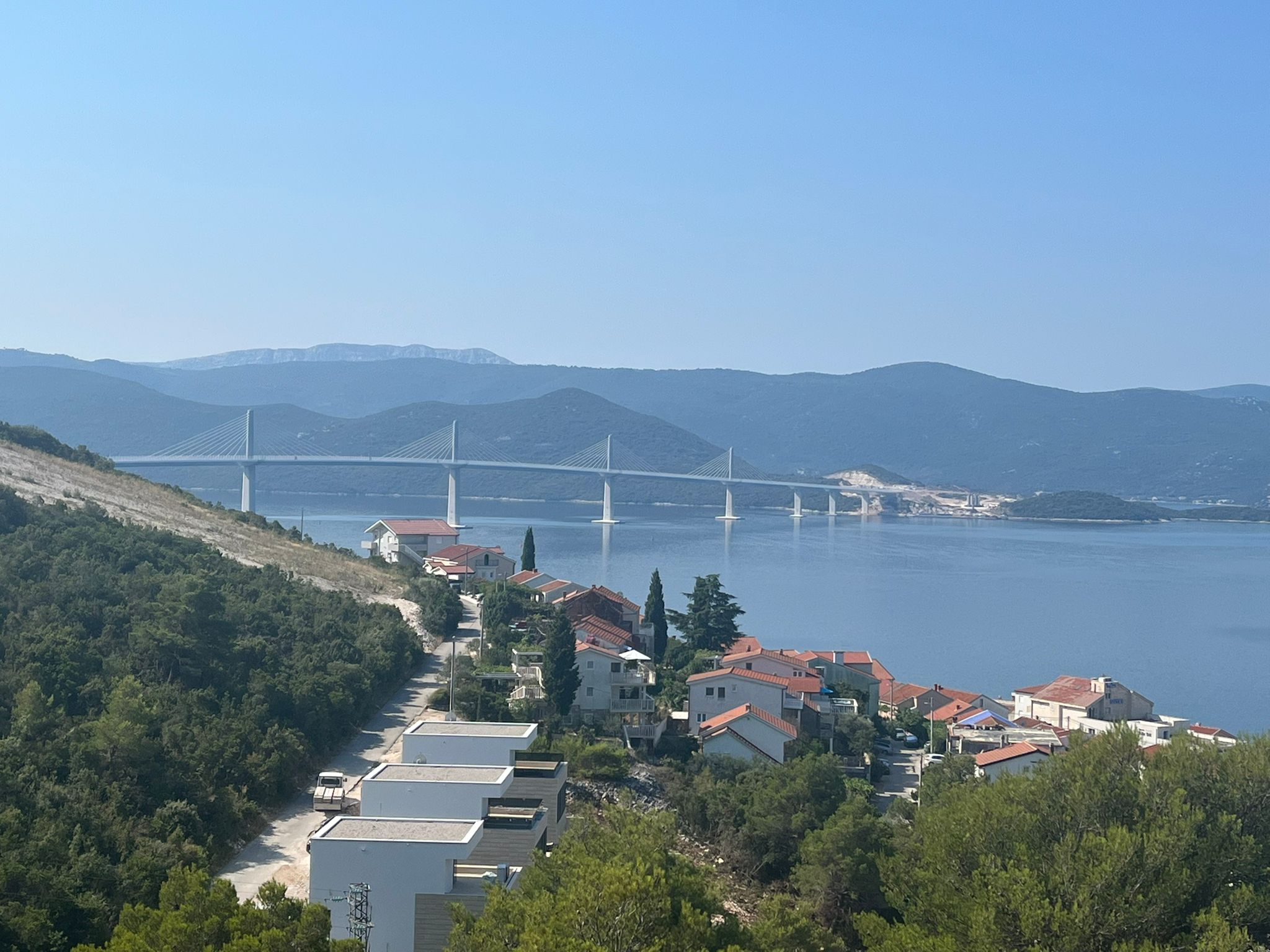
Access roads
In 2019, the selection of the contractor for access roads came to a halt again after Strabag submitted a complaint to the state commission for public procurement oversight, challenging the selection of the Greek Avax company for the project to build the Sparagovici-Doli road section.
Strabag also complained against Avax having been chosen to build the Doli-Duboka road section, and the complaint was accepted, after which Strabag was awarded the job.
The Austrian company previously complained against the China Bridge and Road Corporation having been chosen to build the Peljesac Bridge while Avax complained against Strabag being selected to build the Duboka-Sparagovici road section.
Complaints, including some that were pointless, were numerous and the state commission for public procurement oversight eventually dismissed them all.
Bridge fully joined together in July 2021
With the installation of the last, 165th segment of the steel span on Peljesac Bridge on 28 July 2021, the bridge was joined together from Komarna to Brijesta.
The construction of the bridge and of 25 kilometres of access roads is over now and only eight kilometres of the Ston ring road and its access to the D8 state road need to be finished until the end of this year.


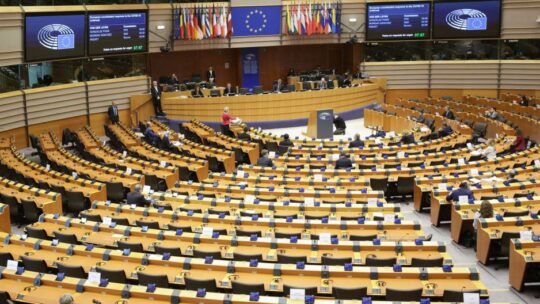
Kakvo je tvoje mišljenje o ovome?
Budi prvi koji će ostaviti komentar!